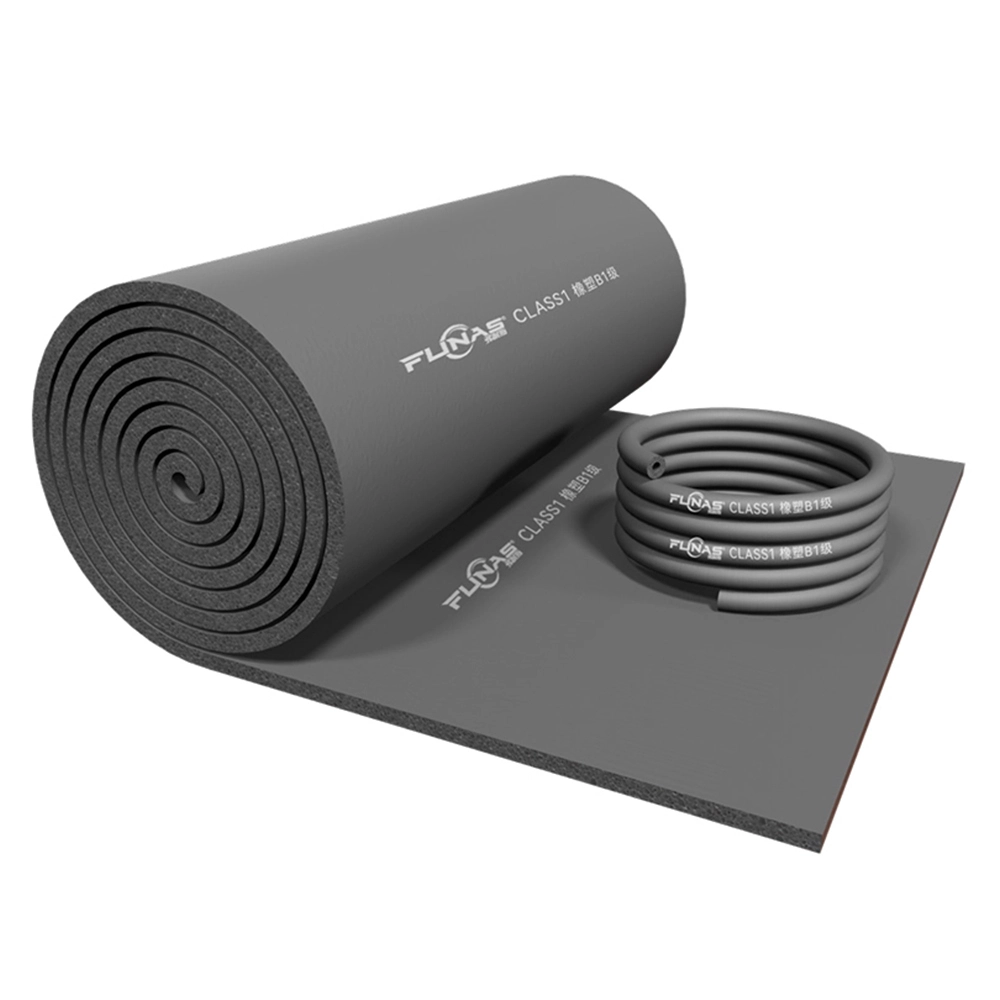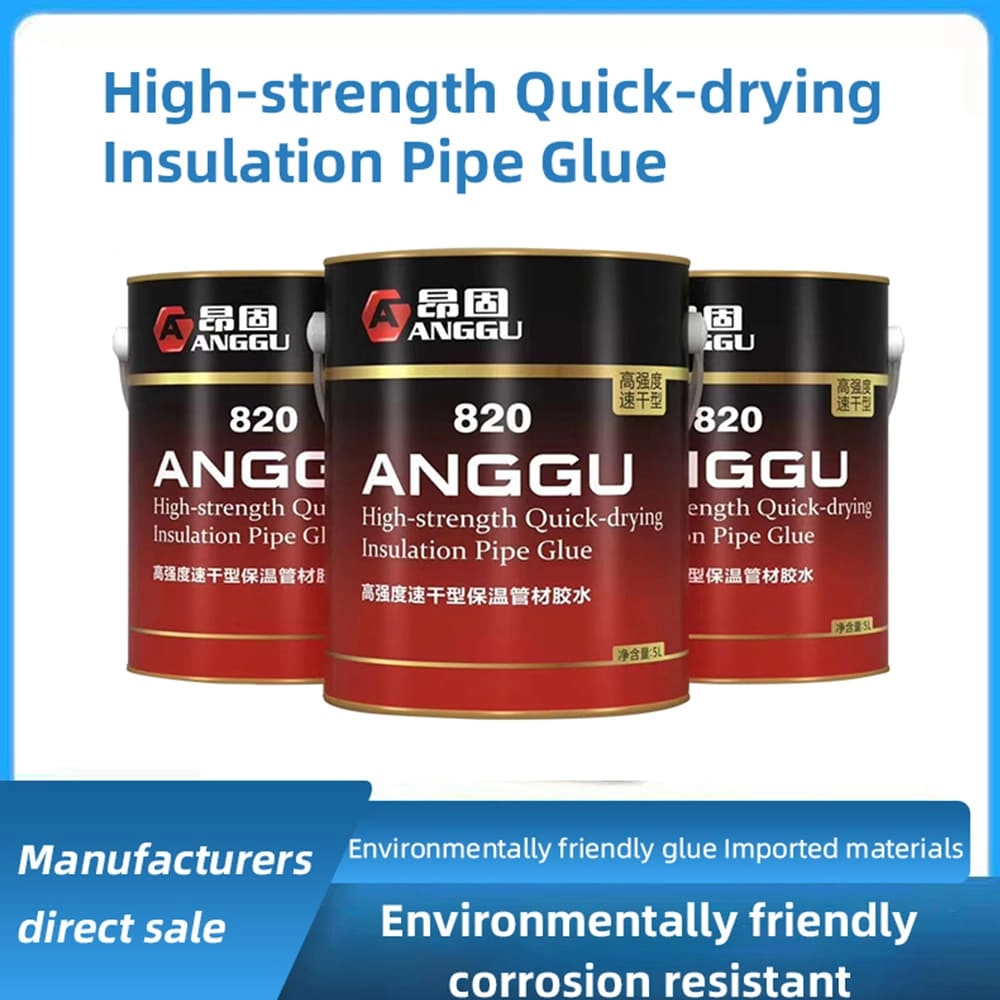what temperature is foam pipe insulation good for | FUNAS Expert Guide
Explore the temperature ranges for foam pipe insulation and key considerations for procurement in the thermal insulation materials industry. This blog answers top user questions about suitability, types, durability, and cost-effectiveness of foam insulation, backed by real industry data. Learn how FUNAS provides superior insulation solutions tailored to your needs.
- Foam Pipe Insulation: What Temperature Is It Good For?
- 1. What Types of Foam Pipe Insulation Are Available and Their Temperature Ranges?
- 2. Is Foam Pipe Insulation Suitable for Outdoor Applications in Extreme Temperatures?
- 3. How Durable Is Foam Pipe Insulation at High Temperatures Over Time?
- 4. What Are the Cost Implications of Choosing Foam Pipe Insulation for Specific Temperature Needs?
- 5. How Does Foam Pipe Insulation Compare to Other Thermal Insulation Materials for Temperature Control?
Foam Pipe Insulation: What Temperature Is It Good For?
Foam pipe insulation is a popular choice in the thermal insulation materials industry due to its versatility, lightweight nature, and cost-effectiveness. Specifically, closed-cell elastomeric foam insulation, a common type used for pipes, is effective across a wide temperature range. According to industry resources, such as information from Aeroflex USA, elastomeric foam insulation like AEROFLEX® EPDM™ can typically withstand temperatures from -297°F (-183°C) to 300°F (149°C), making it suitable for both cryogenic and moderately high-temperature applications. This range ensures protection against heat loss in hot water pipes and prevents freezing in cold water systems. However, the exact temperature tolerance can vary based on the specific formulation and brand of foam insulation. Always consult manufacturer specifications to match the material to your operational needs.
1. What Types of Foam Pipe Insulation Are Available and Their Temperature Ranges?
Foam pipe insulation comes in various types, including polyethylene foam, polyurethane foam, and elastomeric foam (such as EPDM). Polyethylene foam is often used for basic plumbing applications and can handle temperatures from -40°F (-40°C) to 200°F (93°C). Polyurethane foam, often used in industrial settings, may tolerate slightly higher temperatures up to 250°F (121°C). Elastomeric foam, as mentioned, offers a broader range, suitable for extreme cold and moderate heat. Choosing the right type depends on your specific temperature requirements and environmental conditions, as highlighted by resources like Insulation & More.
2. Is Foam Pipe Insulation Suitable for Outdoor Applications in Extreme Temperatures?
Foam pipe insulation can be suitable for outdoor use, but its effectiveness in extreme temperatures depends on the material and additional protective measures. Elastomeric foams with UV-resistant coatings or jackets are better suited for outdoor exposure, as they resist degradation from sunlight and weather. According to industry guides from PipeLagging.com, unprotected foam may degrade over time at extreme temperatures or under harsh weather conditions. For very high or low temperatures beyond the material's range, alternative materials like mineral wool or fiberglass might be considered.
3. How Durable Is Foam Pipe Insulation at High Temperatures Over Time?
The durability of foam pipe insulation at high temperatures depends on the specific material and its thermal stability. Elastomeric foam, for instance, maintains structural integrity up to 300°F (149°C) for extended periods if installed correctly, as per data from Aeroflex USA. However, prolonged exposure to temperatures near or above its maximum limit can lead to material breakdown or loss of insulating properties. Regular inspection and maintenance are recommended to ensure performance, especially in industrial applications with fluctuating temperatures.
4. What Are the Cost Implications of Choosing Foam Pipe Insulation for Specific Temperature Needs?
Foam pipe insulation is generally more cost-effective than alternatives like fiberglass or mineral wool, with prices varying based on type and temperature rating. According to a recent report by MarketsandMarkets™ (2023), the global pipe insulation market, including foam materials, is projected to reach $7,195.9 million by 2030, driven by demand for energy-efficient solutions. While foam insulation offers lower upfront costs, ensure that the selected type matches your temperature requirements to avoid frequent replacements, which could increase long-term expenses.
5. How Does Foam Pipe Insulation Compare to Other Thermal Insulation Materials for Temperature Control?
Compared to other thermal insulation materials, foam pipe insulation offers unique advantages for specific temperature ranges. For instance, fiberglass can handle higher temperatures (up to 1000°F or 538°C in some cases), as per Engineering Toolbox data, making it ideal for high-heat industrial applications. Mineral wool also excels in extreme heat and fire resistance. However, foam insulation, particularly elastomeric types, provides superior flexibility, moisture resistance, and ease of installation for moderate temperature ranges (-297°F to 300°F). It’s often the preferred choice for HVAC systems and plumbing in commercial and residential settings.
In conclusion, when procuring foam pipe insulation, understanding temperature ranges and application-specific needs is crucial. At FUNAS, we pride ourselves on offering cutting-edge thermal insulation solutions tailored to diverse industrial and commercial requirements. Our range of foam pipe insulation products is designed for optimal performance, durability, and energy efficiency, ensuring that your systems are protected across various temperature conditions. Trust FUNAS for reliable, high-quality insulation backed by industry expertise and innovation.

The Ultimate Guide to Glass Wool Insulation 2026

Top 10 Foam Rubber Sheet Manufacturers for Insulation & More

Top 14 Rock Wool Panel Brands: Expert Guide for 2026

Top 10 Insulation Adhesives for Heat & Soundproofing 2026
service
What is your shipping and delivery process like?
We offer reliable logistics services for insulation material wholesale, both domestically and internationally. Our team ensures secure packaging, timely shipping, and real-time tracking so that your order reaches you in perfect condition and on schedule.
What types of rubber foam insulation products do you offer?
We offer a wide range of rubber foam insulation products, including custom shapes and sizes, thermal and acoustic insulation solutions, and options with specialized coatings such as flame retardancy and water resistance. Our products are suitable for applications in HVAC, automotive, construction, and more.
Can I request custom dimensions or properties for my insulation needs?
Yes, we specialize in custom solutions. Whether you need specific dimensions, thicknesses, densities, or additional coatings, we can work with you to manufacture insulation products tailored to your exact requirements of good materials for heat insulation.
FAQ
Can your insulation products be customized?
Yes, we offer customized solutions for insulation material wholesale to meet the specifications of your project, including custom specifications, sizes, foils and adhesives, colors, etc.
You might also like

Wholesale blue Rubber-plastic Board Rubber foam panel sheet

Wholesale Perfect Fire Resistant Performance High Strength Acoustic Mineral Wool Insulation Rock Wool Board Panel Plain Slab
Rock wool board, that is, a kind of exterior insulation material. When the market share of 90% of the organic thermal insulation materials in the stagnant wait-and-see, as a fire rating of A-class exterior insulation inorganic material rock wool, has ushered in an unprecedented market opportunity.

Wholesale Black nitrile rubber foam pipe rubber NBR foam tube rubber foam insulation tube for hvac system

Black Rubber-plastic Tube Rubber foam pipe wholesale
Leave a message
Have any questions or concerns about our products? Please leave us a message here and our team will get back to you promptly.
Your queries, ideas, and collaboration opportunities are just a click away. Let’s start a conversation.


















































